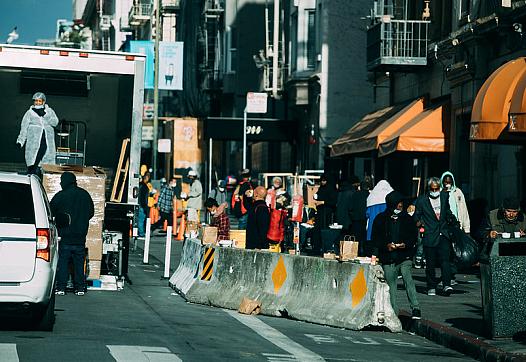
Despite red flags, the city was slow to come up with a COVID-19 response targeting the Latinx community.

Despite red flags, the city was slow to come up with a COVID-19 response targeting the Latinx community.
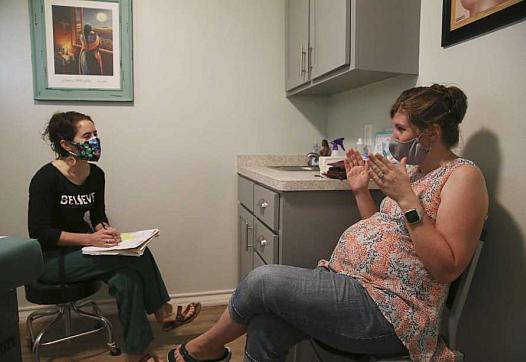
Much of rural Texas is a maternity care desert with few doctors to deliver babies. In some other states, licensed midwives fill in to handle uncomplicated births. But roadblocks limit their practice here.
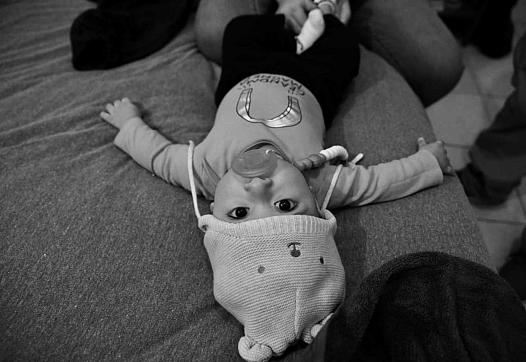
Two Texas hospitals performed episiotomies at rates four to six times the recommended level last year. But women giving birth should know: You have the final say.

Whether a woman delivers by cesarean has less to do with her health than the hospital she goes to. Case in point: Doctors Hospital of Laredo, where rates of surgical intervention during childbirth are way above the norm. Experts say something isn’t right.
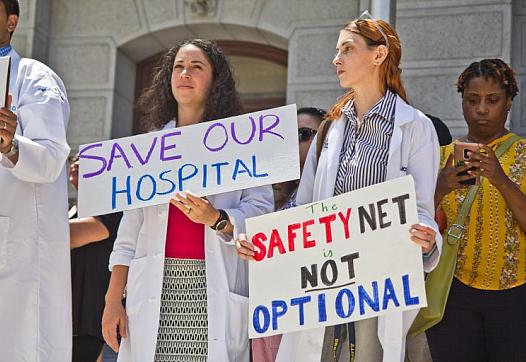
The city has long struggled to make progress in improving the health of mothers and newborns. Do these shutdowns lead to worse care?
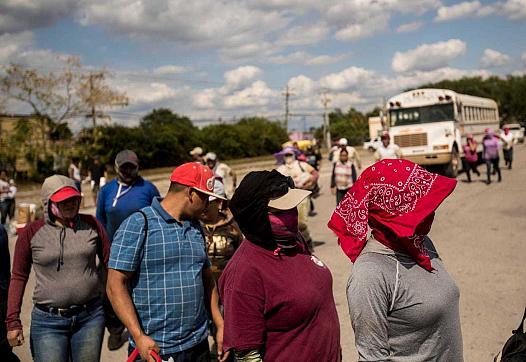
What has the pandemic changed about the lives of children of farmworkers in Florida?
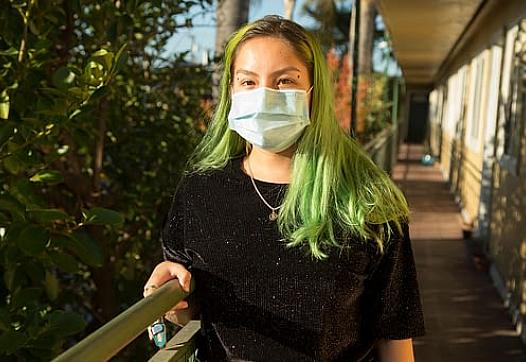
This story was produced by Ida Mojadad, a participant in the 2019 Data Fellowship, who is investigating the efficacy of the health access program Healthy SF in San Francisco.
Her other stories include:
Workers may get cash payout from medical reimbursement accounts
Millions left sitting in medi
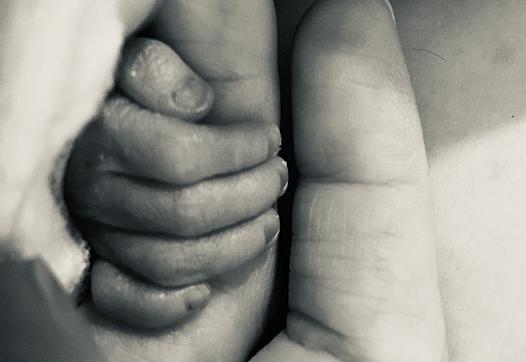
The data tell a disturbing story about how the U.S. has failed to invest in the health and future of some of the most vulnerable among us.
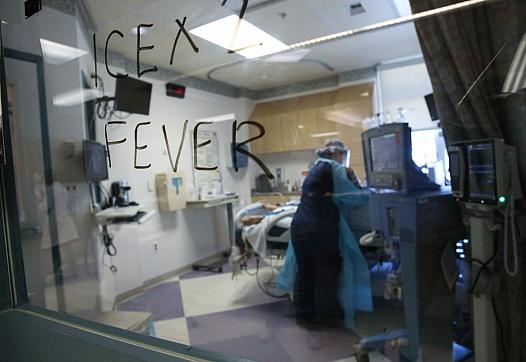
Hospitals and insurance companies use a variety of algorithms to calculate risk, but they don’t always yield equitable results.

KHN's Lauren Weber and Hannah Recht shares insights and tips.